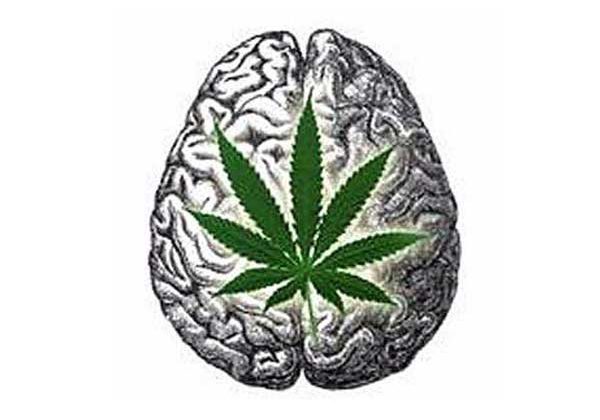Oxytocin also impacts cooperative decisions and conversation
The hormone oxytocin has long been known to play a role in the social bonds humans form. For the first time, psychology researcher Jennifer McClung and biology doctoral student Zegni Triki of the Center for Cognitive Science at the University of Neuchâtel demonstrate the role of naturally occurring oxytocin in social interactions, such as cooperative decisions or conversations. Their study appears today in the prestigious journal Proceedings of the Royal Society B.
 Also known as the ‘love hormone’, oxytocin is known to facilitate the bonds between a mother and her child. “We have for the first time analyzed the natural involvement of this hormone in spontaneous cooperation and conversation between people,” says McClung. In the usual protocols, oxytocin is artificially applied via a nasal spray to gauge its effects. Nothing of the sort here: the researchers measured the naturally occurring levels of the hormone in the saliva of the volunteers to assess the impact on the degree of cooperation between two individuals.
Also known as the ‘love hormone’, oxytocin is known to facilitate the bonds between a mother and her child. “We have for the first time analyzed the natural involvement of this hormone in spontaneous cooperation and conversation between people,” says McClung. In the usual protocols, oxytocin is artificially applied via a nasal spray to gauge its effects. Nothing of the sort here: the researchers measured the naturally occurring levels of the hormone in the saliva of the volunteers to assess the impact on the degree of cooperation between two individuals.
The experimental setup consisted of an “egg hunt” in which pairs of people hunted for eggs containing screws of different colours. One of the players was rewarded 1 Swiss Franc for all the red screws collected, the other 1 Swiss Franc for all the blue ones. The motivation was therefore the monetary gain players received at the end of the hunt. Players were randomly assigned to the groups ‘apple’ or ‘orange’ before the start of the hunt in order to form conditions in which the pairs were either in the same or different groups as each other. Each could then choose during the hunt to cooperate by helping the other person collect their screws or to hunt alone and collect only their own colour, but no other instructions were given to the players.
Higher levels of oxytocin lead to more spontaneous helping, but only between two people affiliated with the same group. “The same high levels of oxytocin have no effect on two people affiliated to different groups (one ‘apple’, the other ‘orange’ for example)”, says Jennifer McClung. “Even if they have a high level of oxytocin, people from different groups hunted alone rather than sharing each other’s goals and helping each other.” Such results may explain the physiological basis of variation in real world cooperation, for example, why, in brawls after particularly contentious football matches, fans are more likely to step in and help supporters of their own team.
In a further new step, the researchers also examined the impact of oxytocin on conversation. They found that increased levels of oxytocin lead to a decrease in the amount of discussion about individual goals during the hunt, but only between players of the same group. This discussion involved players referring to the other’s goal alone (e.g. “you collect your reds then”) without any attempt to share the other’s goal or help them achieve it. Players who were in different groups, on the other hand, discussed their individual goals more when they had higher levels of oxytocin. This supports the idea that oxytocin acts to make social cues more salient in order to produce socially appropriate behaviour (i.e. more cooperation between members of the same group to strengthen their bond, and less cooperation between members of different groups to main the social distance between players).
Source: Université de Neuchâtel
Full bibliographic information
Proceedings of the Royal Society B. McClung JS, Triki Z, Clement F, Bangerter A, Bshary R. 2018 Endogenous oxytocin predicts helping and conversation as a function of group membership. Proc. R. Soc. B 20180939.




